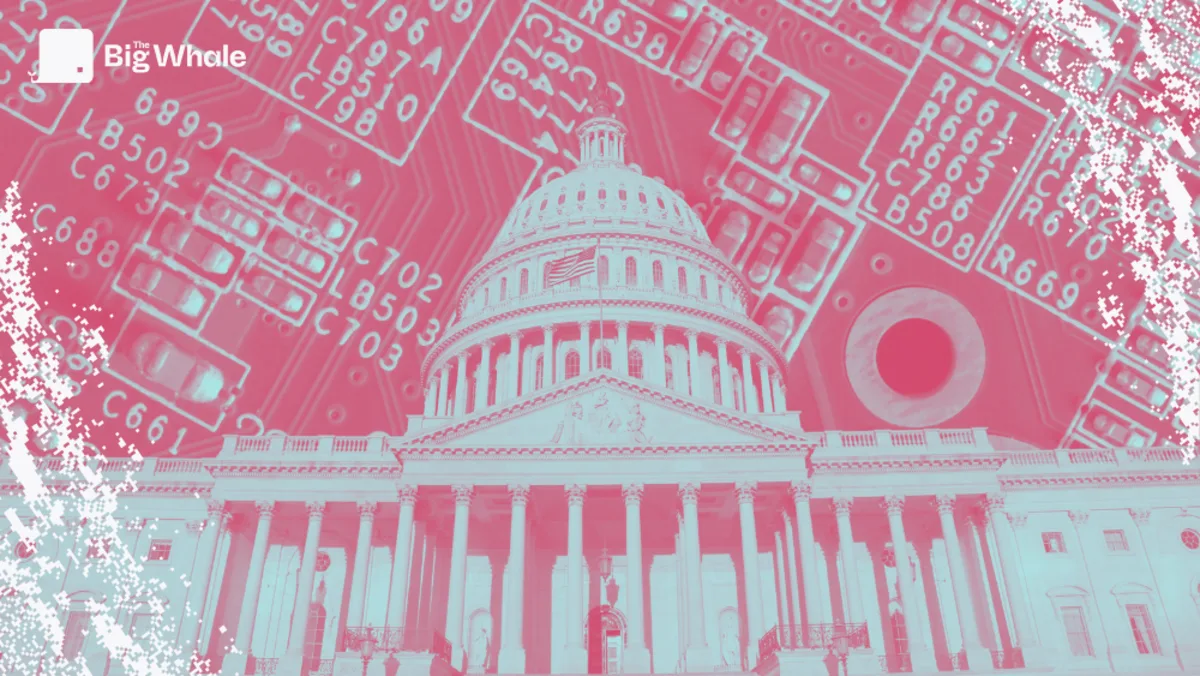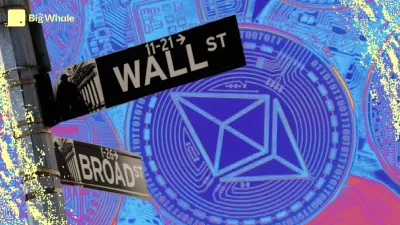The United States has reached a historic milestone in digital asset regulation.On July 17, the House of Representatives approved two major bills: the GENIUS Act and the Clarity Act, establishing a clear federal regulatory framework for digital markets and stablecoins.
The GENIUS Act, previously approved by the Senate in June with a strong majority (68 to 30), was signed into law on July 18 at the White House by Donald Trump, surrounded by key industry stakeholders.
>> Download The Stablecoin Briefing (Q2 2025)
"This is one of the most innovative laws in decades," said Jeremy Allaire , CEO of Circle, the American company issuing USDC, the world's leading regulated dollar stablecoin.
Meanwhile, the Clarity Act still needs Senate approval, but a bipartisan agreement similar to the GENIUS Act should make its adoption straightforward.
A Framework for Stablecoins
The GENIUS Act establishes a federal regime for stablecoins, cryptocurrencies pegged to fiat currencies like the dollar or euro. The legislation creates a "federally authorized payment stablecoin issuer" status with strict requirements:
👉 100% coverage by liquid assets (Treasury bills, cash, Fed deposits)
👉 Prohibition on rehypothecating reserves
👉 Monthly audited reports
👉 Mandatory annual independent audit
The stated goal: ensuring transparency and security comparable to the banking sector while preserving innovation capacity for stablecoin issuers. The industry widely welcomes this compromise as an opportunity for institutional growth. Currently, stablecoins have a market cap of $250 billion , with dollar stablecoins dominating 99.5% of the market; euro stablecoins represent only €400 million.
Stablecoins have hit a $250 billion market cap. The GENIUS Act introduces a decisive innovation: federal preemption. Until now, stablecoin issuers needed licenses in each state under disparate money transmitter frameworks. Now, a single federal authorization will suffice for nationwide operations.
A "national passport" clause will also allow locally licensed actors to continue operating, provided their assets under management remain below $10 billion and their supervision is deemed equivalent to that of the Office of the Comptroller of the Currency (OCC).
Additionally, the U.S. Treasury can now ban non-compliant foreign stablecoins.
Clarifying Roles Between SEC and CFTC
In parallel, the Clarity Act specifies the division of responsibilities between the SEC (Securities and Exchange Commission) and the CFTC (Commodity Futures Trading Commission), ending a regulatory gray area that had hampered innovation and investment for years.
Republican lawmakers hail this legislation as the beginning of the "golden age of digital assets," addressing demands from an ecosystem long subjected to SEC enforcement actions under Gary Gensler's leadership, who considered all digital assets as securities subject to strict regulations.
Subsequently, the crypto market surpassed $4 trillion for the first time. Cryptocurrencies previously targeted by the SEC, such as Ether and XRP , performed particularly well. Ethereum surpassed $3,700 - a milestone not seen since Trump's reelection in 2024 - while XRP reached a new all-time high, breaking above $3.65.
Signaling further acceleration in the U.S., the Financial Times revealed that Donald Trump may soon sign an executive order allowing 401(k) pension funds to incorporate digital assets into their portfolios.
With over $8.7 trillion in assets under management as of March 2025, this decision could further embed crypto in the American financial system.
International Pressure and the Regulatory Race
Meanwhile, these announcements increase pressure on Europe and Asia. Several European crypto industry representatives are calling for MiCA relaxation, particularly regarding reserve constraints (up to 60% cash must be placed in banks).
Financial hubs like Hong Kong are also accelerating. Having recently passed stablecoin legislation, Hong Kong is set to issue its first licenses starting August 1.
Banks like Standard Chartered, developing its own stablecoin (based on the Hong Kong dollar) with Animoca Brands and Hong Kong Telecom, are in the starting blocks. "Our stablecoin should be available in Q4 2025," explains Alexandre Deschâtres, head of Standard Chartered Ventures in Hong Kong and North Asia.
>> Explore our dashboard dedicated to aux stablecoins





